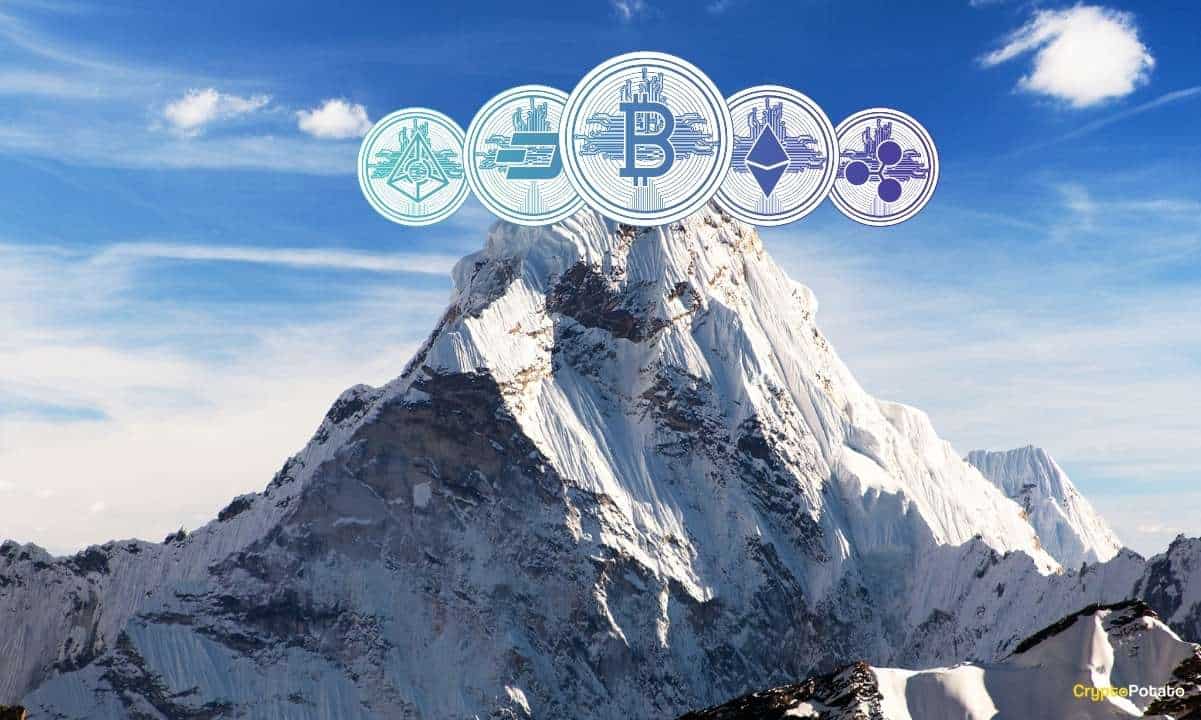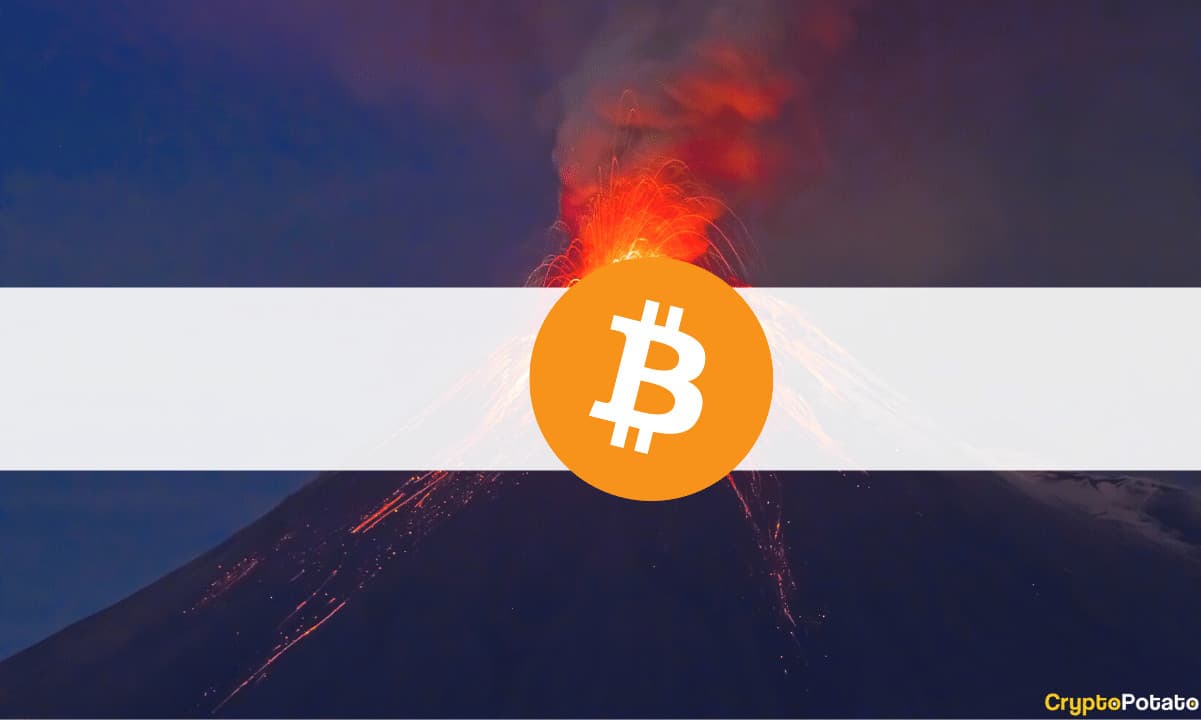Bitcoin Will Lose Users if it Doesn’t Adopt Proof-of-Stake, Says Solana Co-Founder
The Proof-of-Work (PoW) consensus mechanism, which relies on crypto mining to validate transactions, is a pioneering concept that, in fact, pre-existed Bitcoin. But it is often criticized due to its environmental impact. Many proponents of clean energy consider high energy consumption to be an “Achilles Heel” for Bitcoin.
The latest to weigh in on the matter was Solana’s co-founder, who gave his two cents on why BTC should make the transition.
- Anatoly Yakovenko, the co-founder of Solana, for one, believes Bitcoin faces the risk of user exodus if it fails to adopt Proof-of-Stake (PoS).
- In a recent interview with CNBC, Yakovenko stated that most of the networks that people use will eventually move to the PoS model. The exec went on to add,
“This is probably the most controversial thing that you’ll get me to say but eventually if it (Bitcoin) doesn’t move to proof of stake, nobody is going to use it. Because it is simply more efficient to build a proof-of-stake system.”
- The latest discussion around Bitcoin adopting PoS comes at a time when Ethereum’s switch to PoS gets closer.
- Chris Larsen, one of the co-founders of crypto-payments company Ripple, recently drew intense backlash after announcing a $5 million campaign pushing Bitcoin to alter its mining mechanism, use less energy, and go greener.
- In 2020, Niklas Nikolajsen, the founder of Swiss crypto broker Bitcoin Suisse, also predicted that the crypto-asset will transition to PoS once the Ethereum network proves the algorithm’s success.









